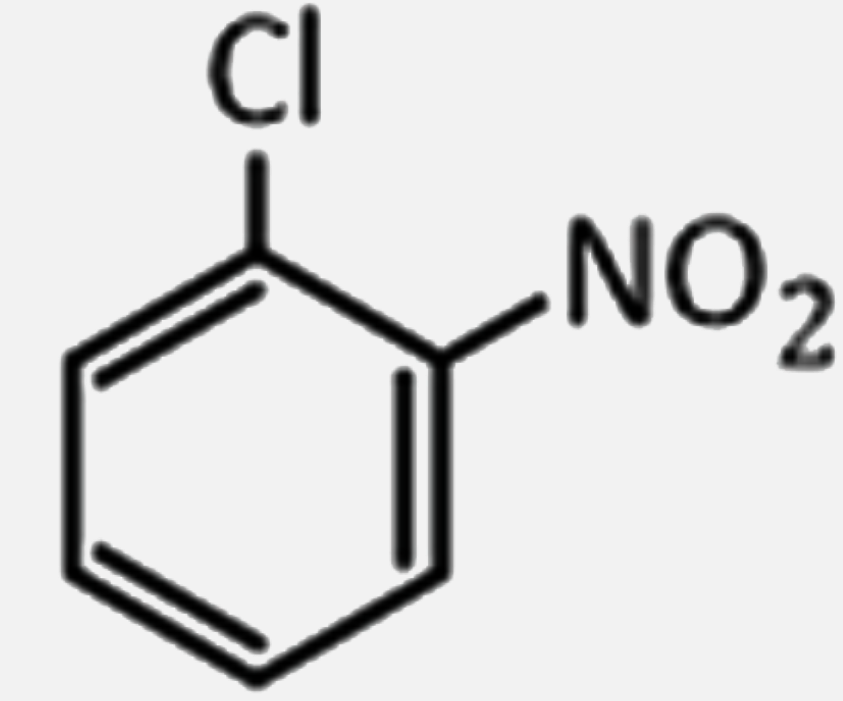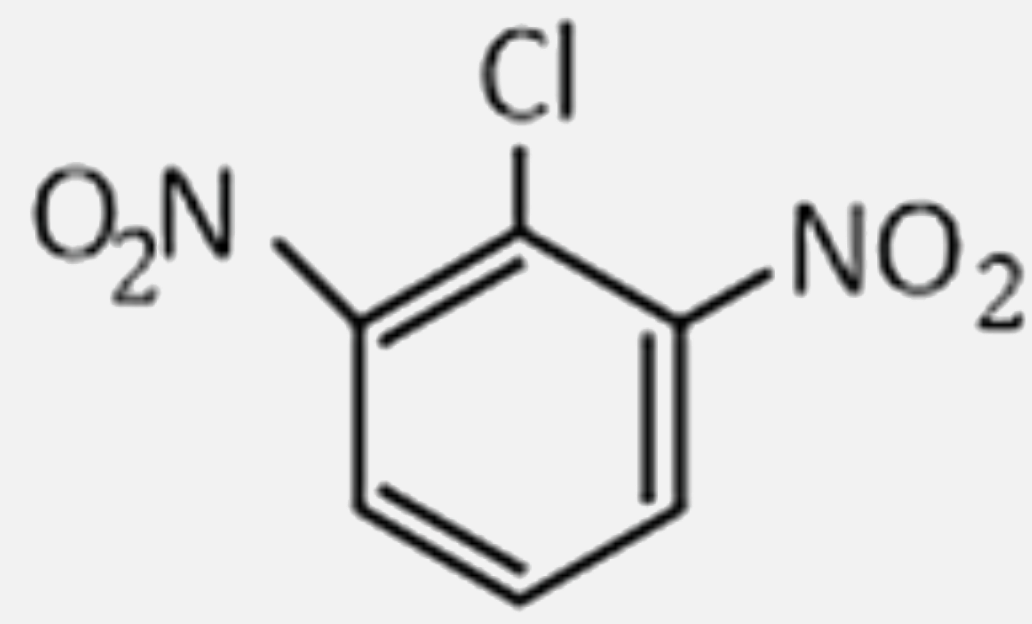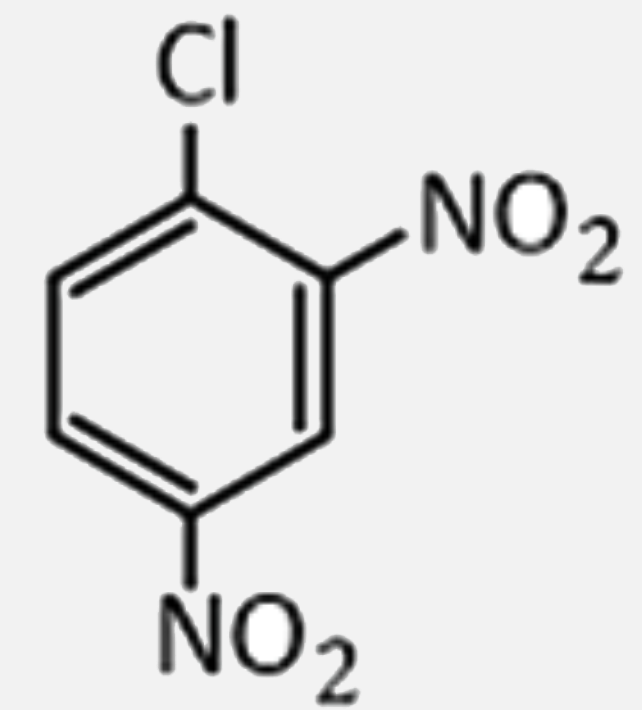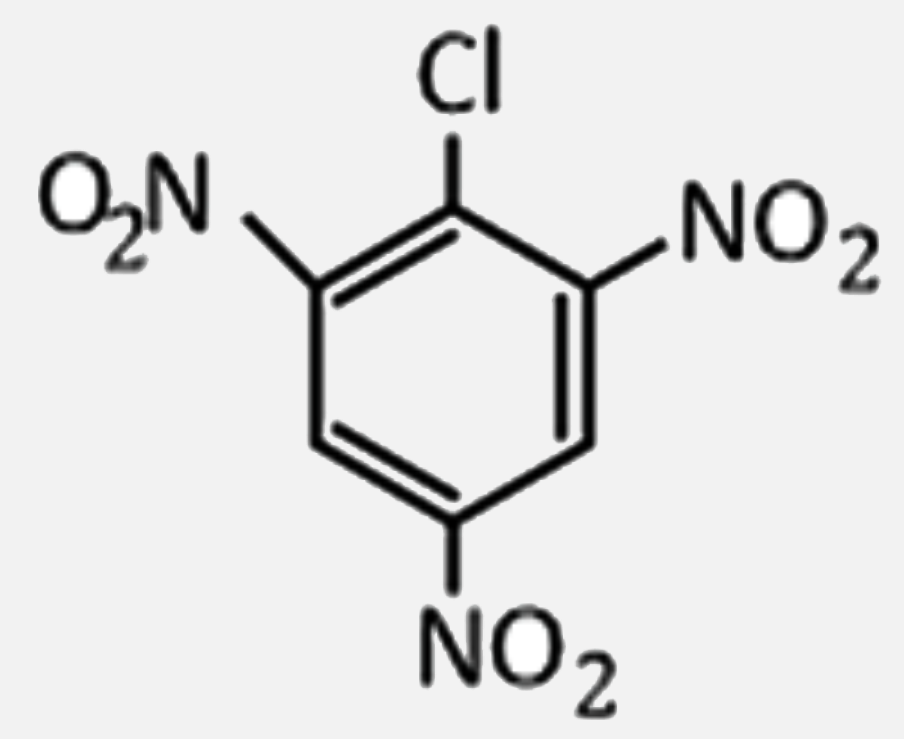2,4 - DNP is obtained by reacting hydrazine hydrate with which of the following ?




The correct Answer is:C
To determine which compound reacts with hydrazine hydrate to produce 2,4-dinitrophenylhydrazine (2,4-DNP), we will analyze the options provided and identify the correct precursor compound.
1. Understand the Structure of 2,4-DNP:
- 2,4-DNP is 2,4-dinitrophenylhydrazine. It consists of a phenyl ring with two nitro groups (-NO2) at the 2 and 4 positions and a hydrazine group (-NH-NH2) attached.
2. Identify the Required Functional Groups:
- To synthesize 2,4-DNP, we need a compound that has a phenyl ring with nitro groups at the 2 and 4 positions. This compound will react with hydrazine hydrate (H2N-NH2) to form the hydrazone.
3. Examine the Given Options:
- We need to evaluate each option to see which one contains the necessary nitro groups in the correct positions.
4. Evaluate Each Option:
- Option A: Contains a chlorine atom and a nitro group at the ortho position. This will not yield 2,4-DNP as it lacks the nitro group at the para position.
- Option B: Contains a chlorine atom with a nitro group at the para position. This is the correct structure as it has nitro groups at both the 2 and 4 positions relative to the hydrazine attachment.
- Option C: Contains multiple nitro groups which will lead to a trinitro compound, which is not what we need.
- Option D: Similar to option C, it has nitro groups in incorrect positions or too many nitro groups.
5. Conclusion:
- The correct precursor compound that reacts with hydrazine hydrate to yield 2,4-DNP is the one that has a nitro group at the para position to the chlorine atom. Thus, Option B is the correct answer.
Final Answer:
The compound that reacts with hydrazine hydrate to form 2,4-DNP is the one with a nitro group at the para position to the chlorine atom.
- 2,4-DNP is 2,4-dinitrophenylhydrazine. It consists of a phenyl ring with two nitro groups (-NO2) at the 2 and 4 positions and a hydrazine group (-NH-NH2) attached.
- To synthesize 2,4-DNP, we need a compound that has a phenyl ring with nitro groups at the 2 and 4 positions. This compound will react with hydrazine hydrate (H2N-NH2) to form the hydrazone.
- We need to evaluate each option to see which one contains the necessary nitro groups in the correct positions.
- Option A: Contains a chlorine atom and a nitro group at the ortho position. This will not yield 2,4-DNP as it lacks the nitro group at the para position.
- Option B: Contains a chlorine atom with a nitro group at the para position. This is the correct structure as it has nitro groups at both the 2 and 4 positions relative to the hydrazine attachment.
- Option C: Contains multiple nitro groups which will lead to a trinitro compound, which is not what we need.
- Option D: Similar to option C, it has nitro groups in incorrect positions or too many nitro groups.
- The correct precursor compound that reacts with hydrazine hydrate to yield 2,4-DNP is the one that has a nitro group at the para position to the chlorine atom. Thus, Option B is the correct answer.
The compound that reacts with hydrazine hydrate to form 2,4-DNP is the one with a nitro group at the para position to the chlorine atom.
Similar Questions
Knowledge Check
Bakelite is obtained from phenol by reacting with
A(CH2OH)2BCH3CHOCCH3COCH3DHCHOBakelite is obtained from phenol by reacting with
A(CH2OH)2BCH3CHOCCH2COCH3DHCHO
On reacting chloral hydrate with NaOH the products obtained is/are:
View SolutionWhen phenol is reactes with CHCI3 and NaOH followed by acidification, salicyladehyde is obtained. Which of the following species are involed in the above-mentioned reaction as intermediates ?
View SolutionHydrogen is not obtained when sodium reacts with
View Solution2-Methylbutan-2-ol can be obtained by the acid catalyzed hydration of
View SolutionNitrogen is obtained when NaNO2 reacts with
View SolutionWhich is not obtained when metal carbides react with H2O?
View Solution
